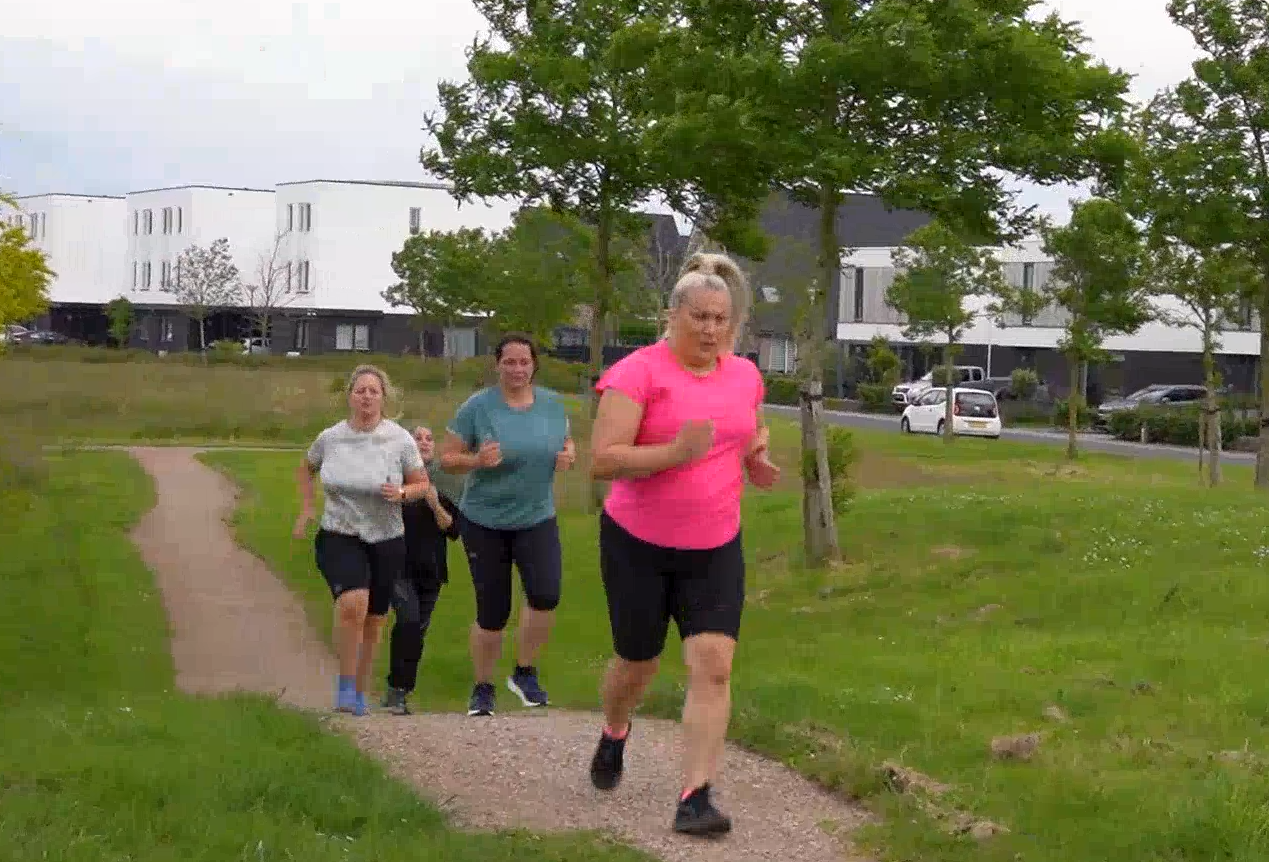Verklaringen
Uit onderzoek blijkt dat sport een vergelijkbaar of zelfs beter antidepressief effect kan hebben dan pillen. Beweging zorgt voor een verbetering van het endorfinesysteem en verhoogt de afgifte van BDNF , een stof met een direct antidepressieve werking.
Overigens geldt dat overtraining de werking van endorfine verlaagt en de depressieve gevoelens juist kan verergeren.
Onderzoek toonde aan dat slechts 10 minuten lichaamsbeweging onmiddelijk de energie en het humeur bij gezonde proefpersonen kan opvijzelen (H.Hansen, 2001).
Maar na enkele uren zakt het humeur weer naar de basislijn.
Dus hoewel het belangrijk is voor mensen om te weten dat ze hun humeur met één sessie kunnen opvijzelen, is het ook belangrijk om in gedachten te houden dat het langer duurt om je humeur van dag tot dag te veranderen.
De positieve effecten van bewegen op depressieve klachten kan grotendeels worden verklaard door een toename van
- endorfine en verbetering van het endorfinesysteem,
- norepinefrine,
- dopamine en verbeterde werking,
- serotonine,
- BDNF en
- Interleukine 6
Van alle effecten van bewegen op ons brein is de toename van bovenstaande stoffen met name verantwoordelijk voor de vermindering van depressieve klachten.
Daarbij komt ook nog eens dat gaan bewegen/sporten vaak de slaap helpt verbeteren. En een slaaptekort is niet alleen een bekend symptoom, maar soms ook de oorzaak van depressieve klachten. Zie ook ‘slaaptekort doet in hersenen hippocampus krimpen‘.
Dus ook op deze manier kan gaan sporten dus helpen de depressieve klachten te doen verminderen.
Onderstaande tekst voegt daar nog een aantal factoren aan toe:
The positive effect on depression is believed to be multifactorial (Salmon, 2001). In the Western world, physical exercise is considered part of a healthy lifestyle and the depressed individuals who exercise regularly can expect positive feedback from their environment and social contact (Scott, 1960). Exercise is a normal activity that can lead to a positive cycle, i.e., the person engaging in physical exercise feels normal. Physical activity at a relatively high intensity makes it difficult to simultaneously think/worry xcessively, and physical activity can be used as a distraction from sad thoughts. Depressed people often suffer from fatigue and the feeling that life is insurmountable, which can lead to physical inactivity, a loss of fitness, and thus increased fatigue. Physical activity increases aerobic capacity and muscle strength, and thus physical wellbeing. There are also various theories that hormonal changes occurring during physical activity can have an effect on mood. This applies, for example, to the amount of beta-endorphins and monoamine concentrations (Mynors-Wallis et al., 2000). Some depressed people suffer from anxiety with a feeling of inner turmoil. During physical activity, the heart rate increases and perspiration occurs. Experiencing these physiological changes in the context of normal physical activity may give the depressed individual the significant insight that a high pulse and sweating are not dangerous.
Exercise stimulates growth of new nerve cells and release of proteins known to improve health and survival of nerve cells. It is indeed possible that physical activity has a direct positive effect on the hippocampus. People with depression have reduced hippocampal volume (Campbell et al., 2004), and treatment with antidepressants allows the formation of new cells in the hippocampus (Manji et al., 2000). When rats exercise, their hippocampus grows (Bjornebekk et al., 2005). In humans, regular physical activity for 3 months has been shown to lead to an increase in hippocampal volume and improved short-term memory (Pajonk et al., 2010). Brain-derived neutrophic factor (BDNF) is a growth factor for the hippocampus. People with dementia may have low levels of BDNF in the brain and in the blood (Pedersen,2011). However, elevated levels of BDNF have been found in rapid cycling bipolar disorder patients (Munkholm et al., 2014). Every time physical activity occurs, the BDNF level increases in the brain, blood, and muscles (Pedersen, 2011) and it is possible that BDNF represents a mechanism by which physical activity can influence symptoms of depression (Matthews et al., 2009; Pedersen et al., 2009; Huang et al., 2014).
Uit Exercise as medicine – evidence for prescribing exercise as therapy in 26 different chronic diseases.



